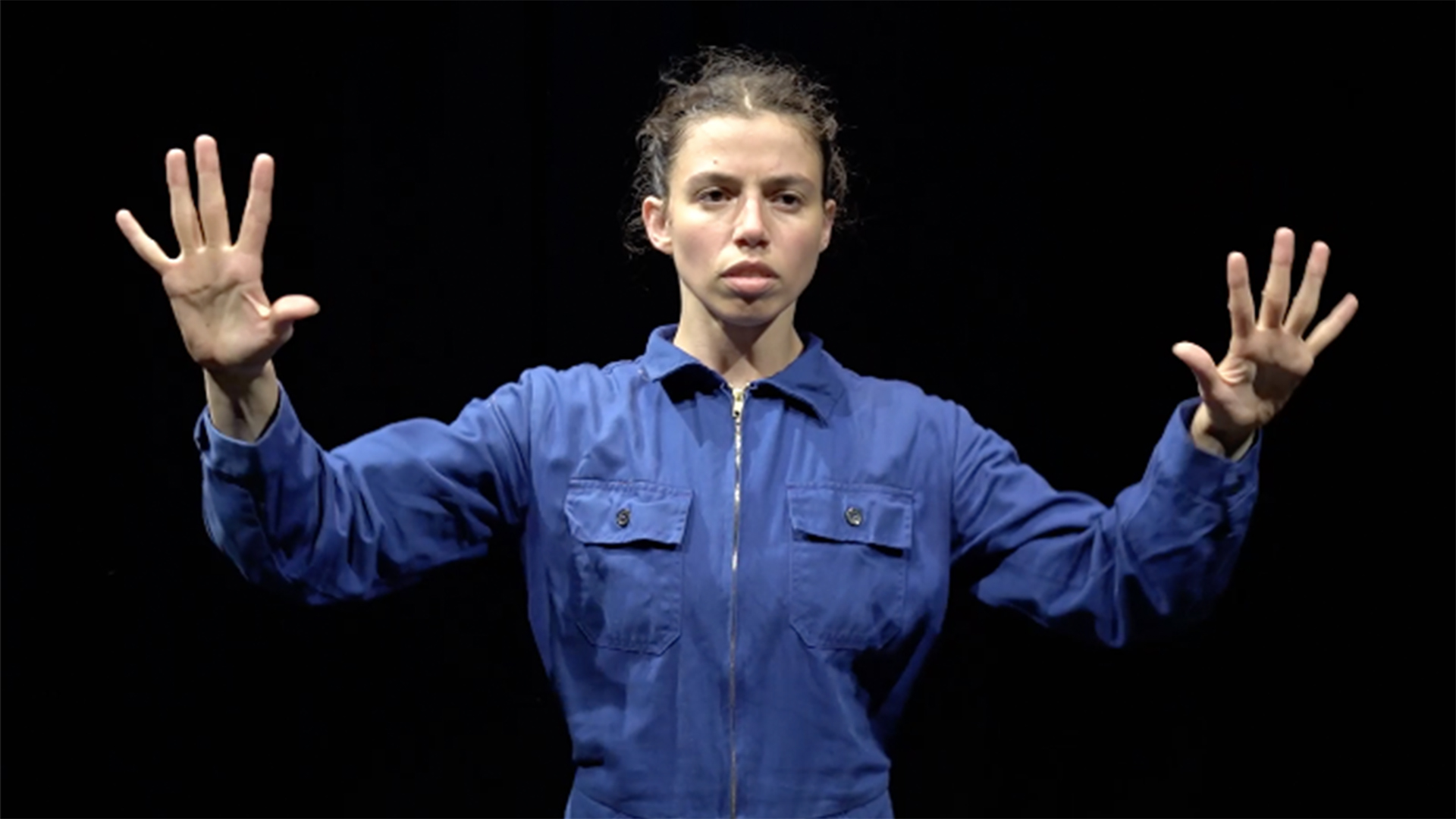
The Momentum of Gesture in Art and Religion (12)
The momentum of the gesture is not its image. As a form, it is rather that which appears in a short film sequence when the media activity condenses into a moment. When, in the duration of this moment, what is filmed opens its eyes for the viewers and they are caught in the gaze that tells them that it is precisely they who are meant.
A still of a film can turn the momentum into a punctum, as Roland Barthes described it. The punctum attracts the attention of the viewers. They feel themselves being looked at, like people who pause in their actions and look up because they are being looked at intensely by another person.
How is it possible to be caught in the gaze of a film punctum, or to be seen by a work of art when it opens its eyes? That sounds unbelievable. But is it more credible that there is something that sees people always, eternally and everywhere, that sees everything at all?
There is a considerable difference between the moment of art and the eternity of religion. Art appeals to those who make art because something in art appeals to them. If this something says nothing to them, then they make a blind spot in art.
Disinterested boredom arises exactly where an intensive dwelling as inter esse would be possible. Time then passes as if watching the movement of a second hand on an analogue clock. It is like waiting for that moment that has already passed, which is paired with waiting for something new that cannot occur. It is like remaining in a wasteland at a bus stop without a road.
When art is experienced as a fulfilled moment, it is experienced as a momentum, however long or short it may be. When dwelling in such a momentum, the directionality of the moment can condense into an image.
In the picture, the punctum connects its two sides, as it were, as a snapshot of the momentum, and proves to be both a feast for the eyes and an eye-catcher. It arouses, in the language of philosophy, the attention of the subject through something object-like. It is precisely this something that invites the art-makers to linger in the momentum of art, it brings their interest (in the precise sense of being in-between) “to the point”, as it were. The impression of being in the right place at the right time could be an emotional consequence of this dwelling in the momentum. How its aesthetic perception conveys the experience of beauty.
That this applies to all agents of art, including both its makers and the art viewers, does not really need to be mentioned.
The enjoyment of the moment in which gestures emerge in a momentum, form around an attractor and become a medium again depends exclusively on whether emergences that can be described as a gestural medium arise from the interaction of thing, object, perception, consciousness, subject, unconscious in the process of making sense. If gestures are formed in it, appear in a picture, then the punctum is that gesture which invites those who make art to enter the picture.
What Walter Benjamin once called dialectics at a standstill, what he contrasted with allegory as a dialectical image, denotes the ambiguity of the image of a gesture that in itself cancels out the before (the past) and after (the present time as Jetztzeit) in the Hegelian sense, namely erases, preserves and at the same time raises it to another level.
The before and after that is conveyed in the dialectical image becomes present for the viewer as a punctum. In the sense of Roland Barthes, it is only a punctum if it basically “wounds”, i.e. changes, those it addresses. With Walter Benjamin, one could say: the experience of being struck by lightning is part of the perception of the punctum of an image. And at the same time to be touched by something that announces the possibility of redemption.
So could art actually make possible or even bring about what faith believes in? To encounter the Messiah, to be touched by him, even if it is only in the form of a breath of that weak messianic power that makes Hamut appear when experiencing an art moment, that is, that special “goose bumps” whose braille makes legible what is hidden in what remains invisible because the punctum of the image blinds its perception like lightning?
Could it be that the churches sought proximity to artists because they believed it was possible to put the punctum of faith into the image? And what if art practitioners cannot help but transform the gesture of the imperative into a gesture of invitation – an invitation to participate in the activity of art?
Answering these questions is basically impossible for art practitioners who are guests of the churches, or even contractors. Unless, of course, people of faith do not expect art practitioners to make a gesture of faith, but one of dance, for example. Or that art practitioners place a gesture in a conundrum that allows the believers to see a gesture of faith, and the art practitioners to see a dance movement.
Robert Krokowski